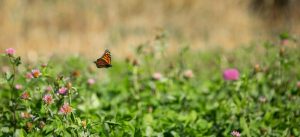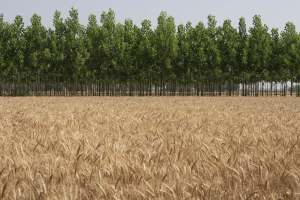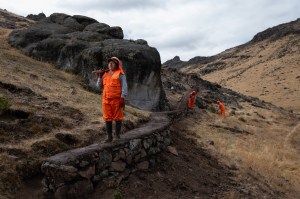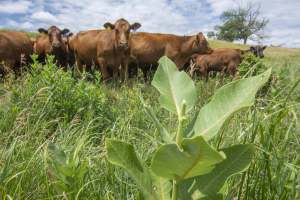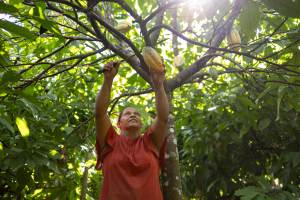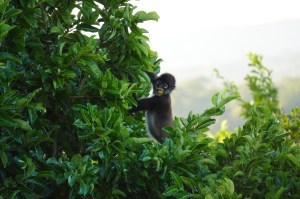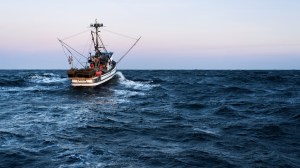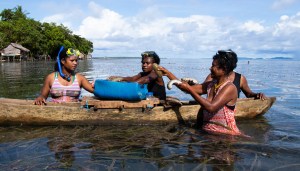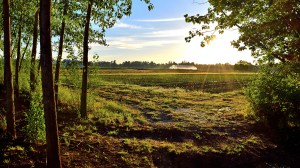Discover stories in Provide Food & Water Sustainably
Minimizing Tradeoffs Between Crop Yields and Climate Benefits
Research pinpoints where regenerative agriculture practices can have the most benefits for climate change mitigation and crop production.
Agroforestry: Unlocking the Potential of Trees in India
How regenerative agriculture, especially agroforestry, could help mitigate climate change, restore land and improve farmer wellbeing in India.
One Size Does Not Fit All for Sustainable Livestock Production
Understanding economic, environmental, and social and cultural contexts is essential to achieving sustainable livestock production.
Humboldt Penguins on the Edge
Next time you’re in need of an odd animal fact to fill a conversational lull, consider the nesting preferences of the Humboldt penguin.
Photographing Water for One of the World’s Driest Cities
A photographer captions the merging of modern science and ancient wisdom in the Peruvian Andes
A Roadmap for Reducing the Climate Impacts of U.S. Beef
Adoption of selected actions, especially around grazing, could reduce greenhouse gas emissions from the U.S. beef industry by up to 30%.
To Save Pacific Turtles, Focus on Small-Scale Fisheries
Small-scale fisheries cause significantly greater mortality to Solomon Islands turtles than longliners.
Brazilian Family Farmers Use Agroforestry to Improve their Lands and Livelihoods (and Help Fight Climate Change)
Natural climate solutions, like agroforestry, can help protect biodiversity and contribute to the reductions needed to mitigate climate change.
How Communities Are Leading the Way in Agroforestry
From the Dominican Republic to the Ecuadorian Amazon, how four community-led agroforestry systems are helping to advance the science that supports this natural climate solution.
Fisheries Trusts Can Advance Sustainability and Resilience Goals
The first national review of community fisheries trusts in the U.S. shows they can achieve positive outcomes for fishing communities and marine ecosystems.
When Sea Cucumbers Spawn, Where Do Their Larvae Go?
New research on sea cucumber genetics indicates that locally managed marine areas are a good way to protect this fishery for communities.
New Study Finds People and Nature Thrive With Diversified Farming
A new global study finds that the benefits of diversified agriculture are abundantly clear, whether for food security, biodiversity or the bottom line.
